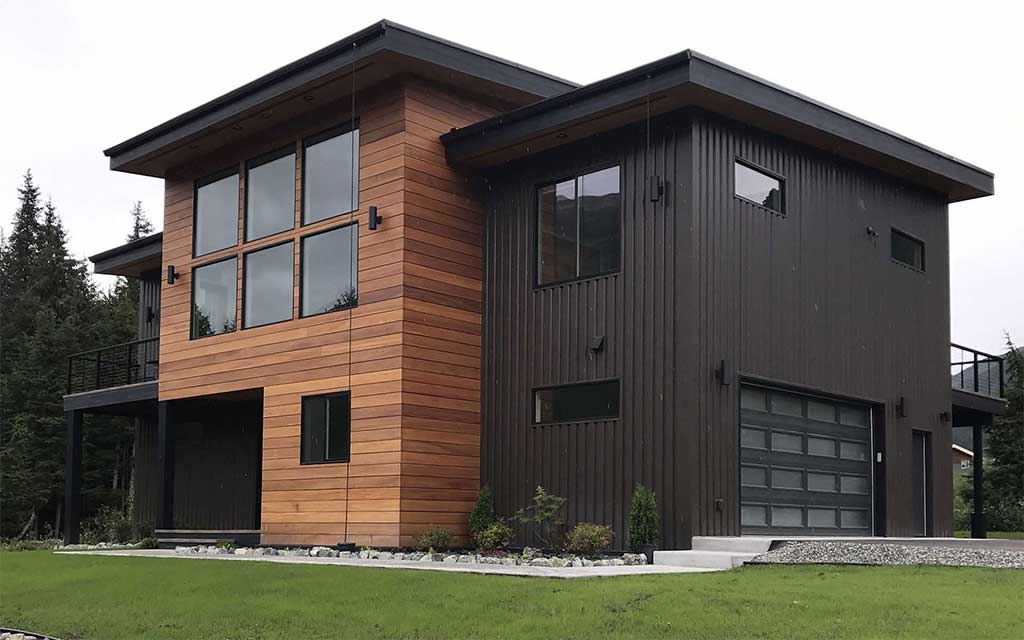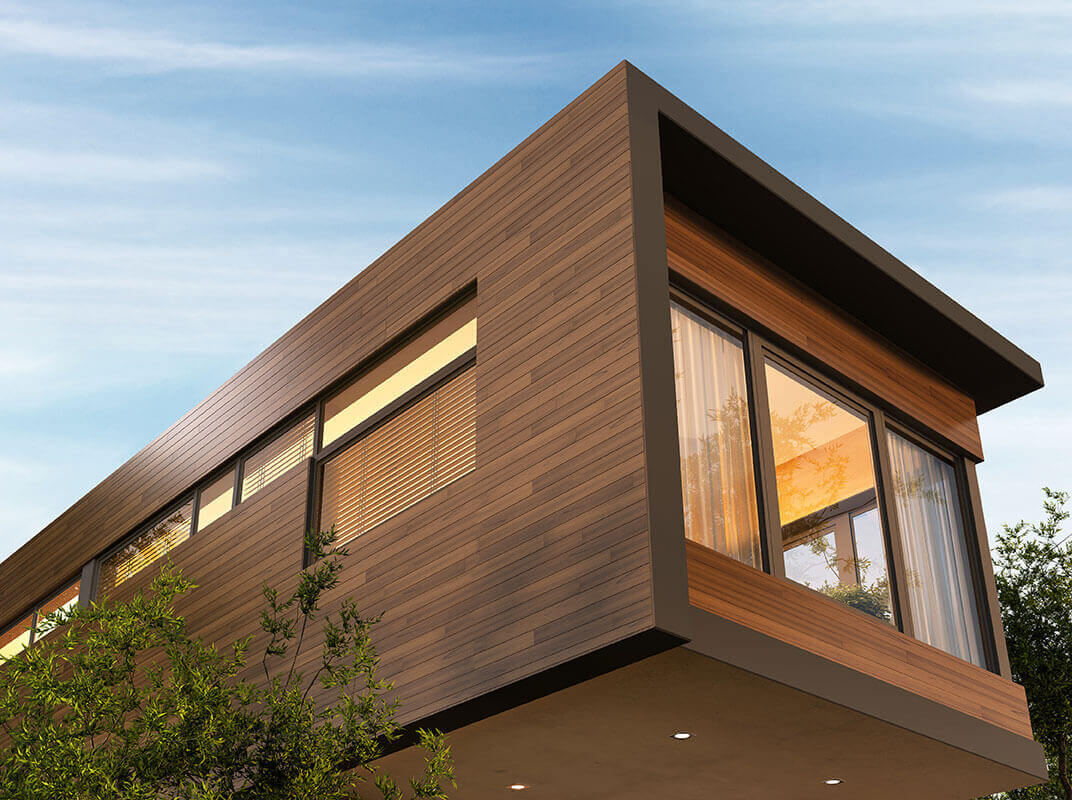
Wood siding is a beautiful, durable surface that can withstand the elements. However, it requires maintenance to keep it looking its best and last longer than your average material. In this blog post, we’ve covered some of our top tips for maintaining wood siding to maximize its lifespan and minimize costly repairs down the road. How do you know if you are caring for your wood siding correctly? Read on to find out!
Choose the Right Sealer
Wood siding needs to be sealed with either paint, stain, or a sealer. Some common types of wood siding include cedar, cypress, redwood, and pine. Each type requires different forms of care; consult manufacturer recommendations for the best choice in your area.
Some manufacturers will recommend two coats of paint as protection against moisture ingress, whereas others will recommend a primer and sealer. If you have wood siding that is already showing signs of weathering, your best solution may be to strip the old paint or stain it off before applying new coats.
While most clear finishes are suitable for protecting against moisture ingress, special options are available depending on where you live. A marine-grade product will work well in coastal areas, whereas a decking sealer is best for high-traffic zones where the siding can’t be easily replaced if it becomes worn due to foot traffic or weather damage.

Clean and Get Rid of Stains
Annual care for your wood siding should include a thorough cleaning. Warm, soapy water and a soft-bristled brush are usually all it takes to remove dirt and other types of stains from the surface if they are not set in.
If you’ve got mildew or rust stains, here’s what to do about them:
Mildew – Use a solution of fungus-killing cleanser to clean the area. Wear eye protection and protect plants from splashes. Rinse thoroughly with clean water.
Rust stains are usually caused by a metal fastener, such as a nail or screw, that wasn’t galvanized; contact with moisture causes the clasp to oxidize, leaving streaks. To remove, use a wire brush or sandpaper to rubWe’redon’tdon’taren’t the surface and then clean with rust remover.
Color of the Wood
Color loss is a common issue with wood siding. You can restore the natural color of your wood by applying a brightener or cleaner to it, which removes oxidization and discoloration from aging without removing any finish that may already be on the siding.
Follow manufacturer recommendations for best results when using this product. For example, some manufacturers recommend applying the brightener to a dry surface in sections and immediately rinsing it with water. Others recommend applying it liberally over the entire wood siding before letting it sit for several hours or overnight.
Chaulk Regularly
Water intrusion can be prevented by applying the caulk in areas with broken seals around the wood siding. This includes around doors and windows, where the siding meets brick or stucco walls, at gutters, plumbing vents, and any other area that has a potential for water entry.
Routinely check your caulk lines to ensure they are still intact and free of debris like leaves or pine needles before applying new sealant.

Replace Damaged Siding
Damage from water, snow and ice accumulation, or pest infestation can lead to the need for replacement. Some signs that your wood siding needs replacing include warping, dented boards, or loose nails around them.
If you suspect damage but aren’t sure it’s caused, don’t attempt to repair it yourself; have a professional carpenter come out to inspect and recommend a solution. Sometimes the best fix is patching holes and replacing boards, but it may be more economical to replace the entire panel in other cases.
A professional will tell you how much a job like this should cost by seeing where the damage is located and what kind of wood siding has already been used on your home. For example, if your house has cedar siding, the replacement may be more expensive than if it had pine or oak.
One thing to look out for: some carpenters and contractors will try to pressure you into replacing all of your wood sidings when only part of it is damaged. If possible, get a second opinion before making any decisions about repairs.
If you have any questions about how to care for your wood siding, or if you want help with installing new wood siding on an existing home, don’t hesitate don’tach out! We’re happy to We’re all of your questions related to caring for wooden surfaces. We will be glad to send over one of our experts specializing in exterior design services like painting house exteriors or replacing rotted siding.



